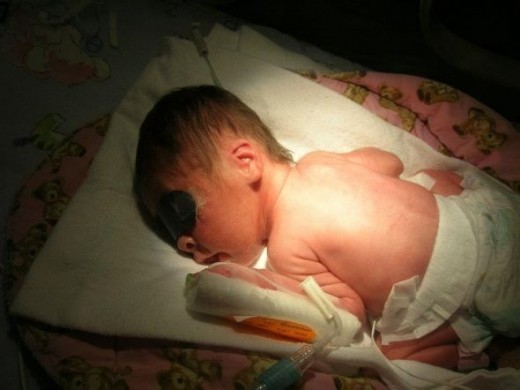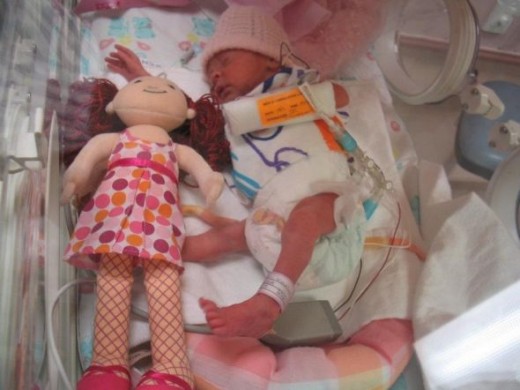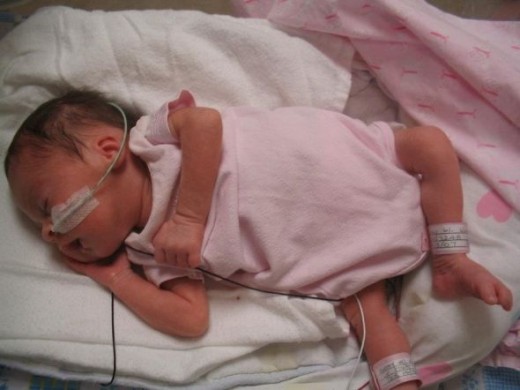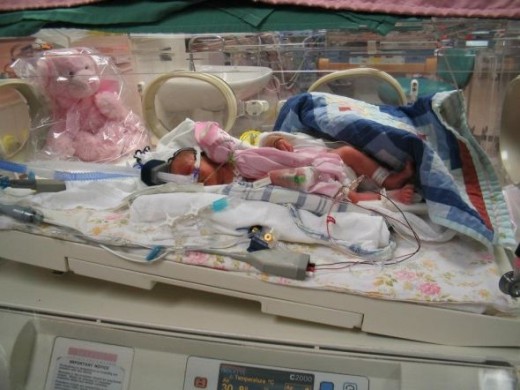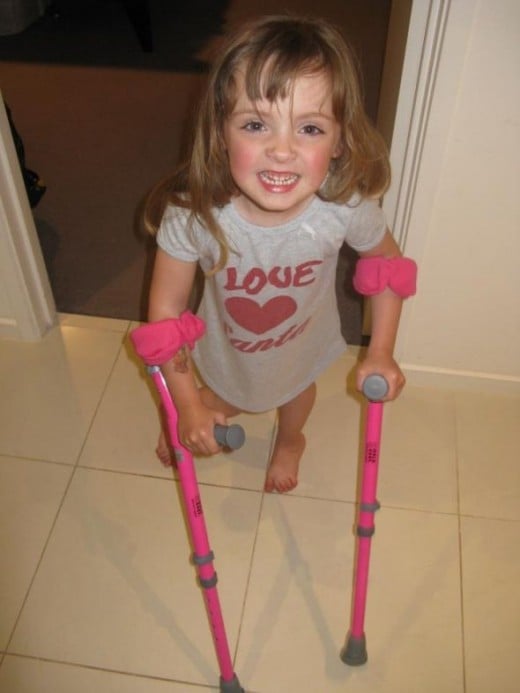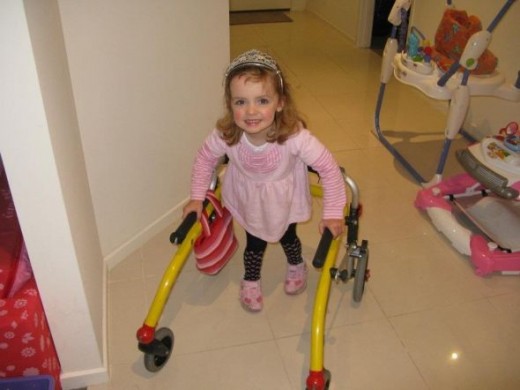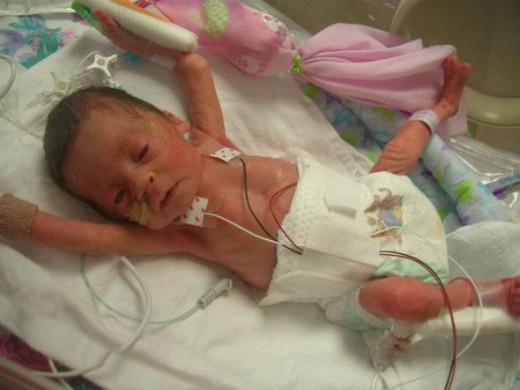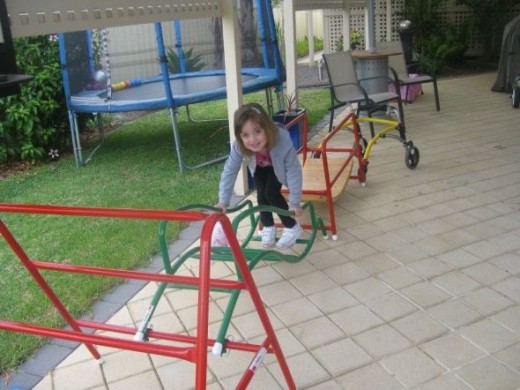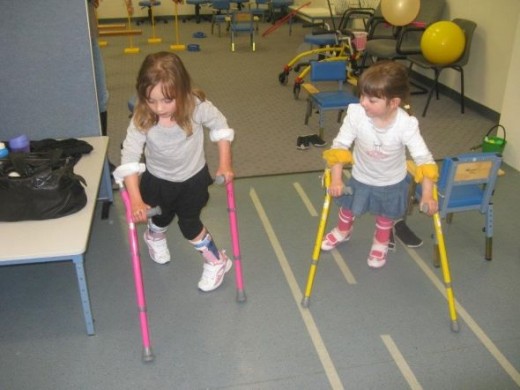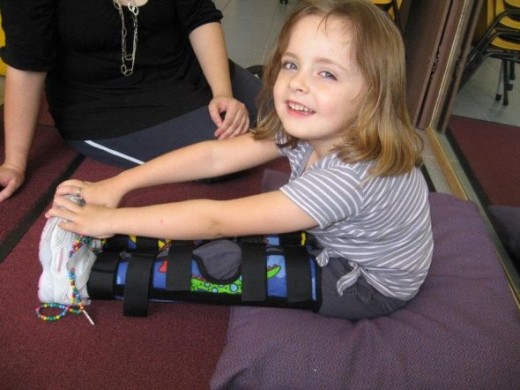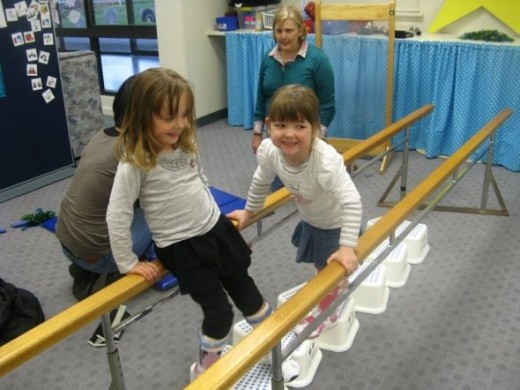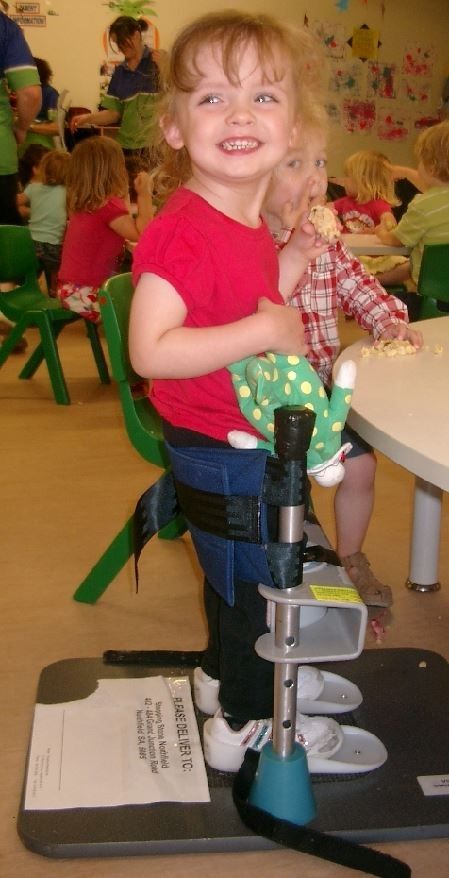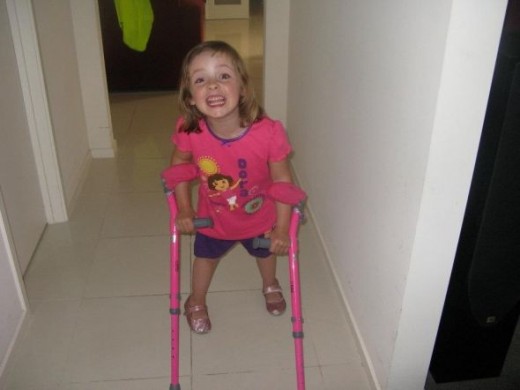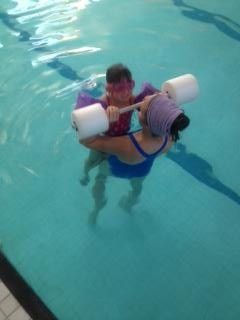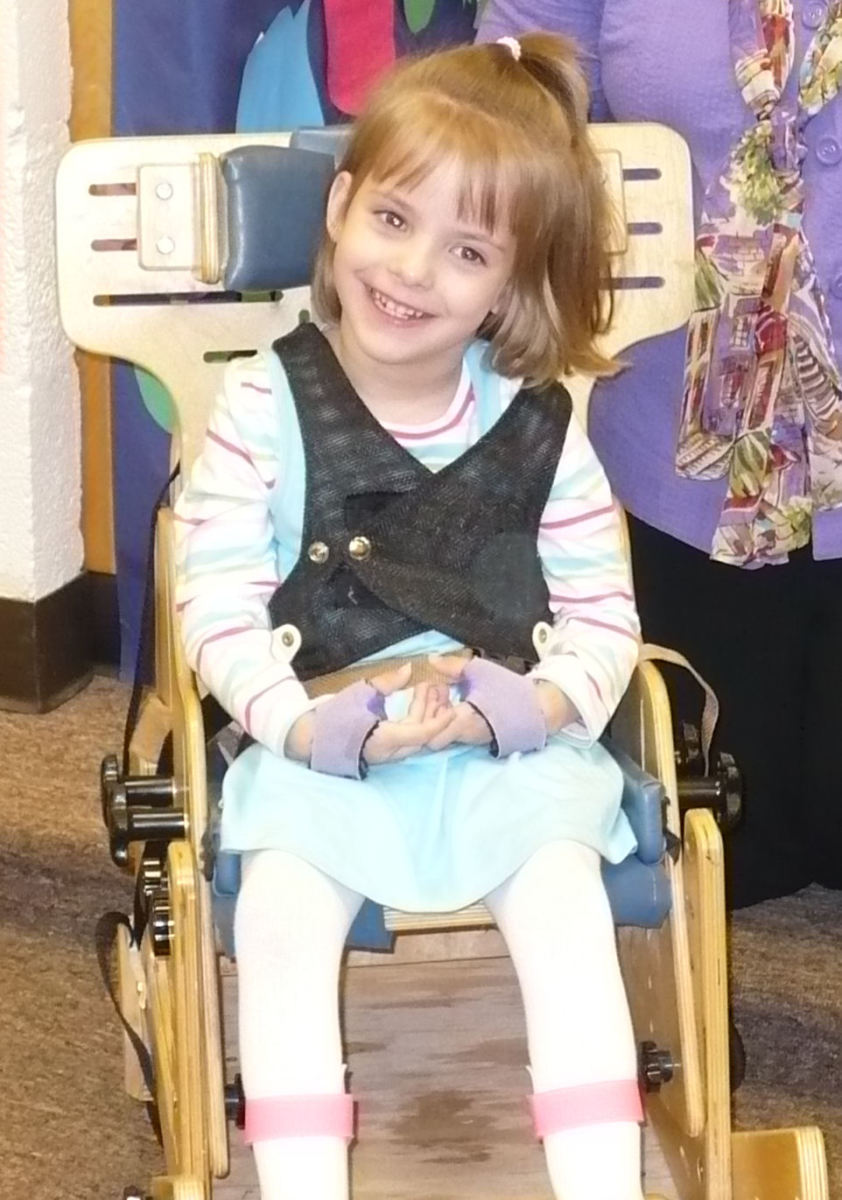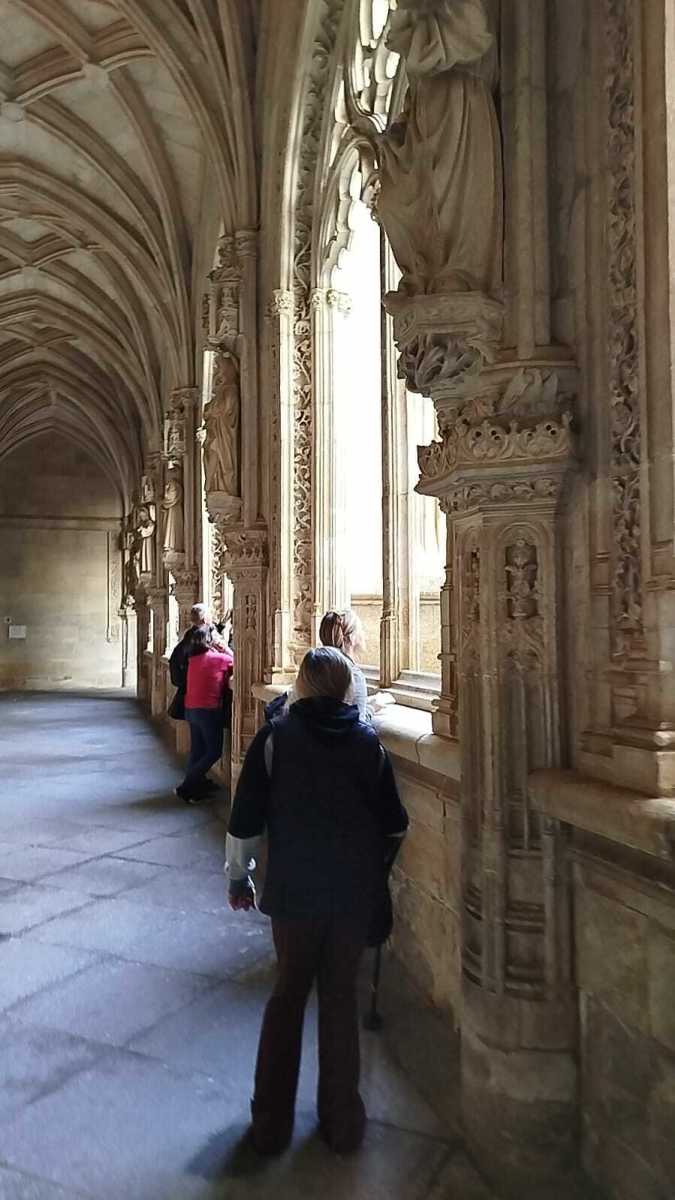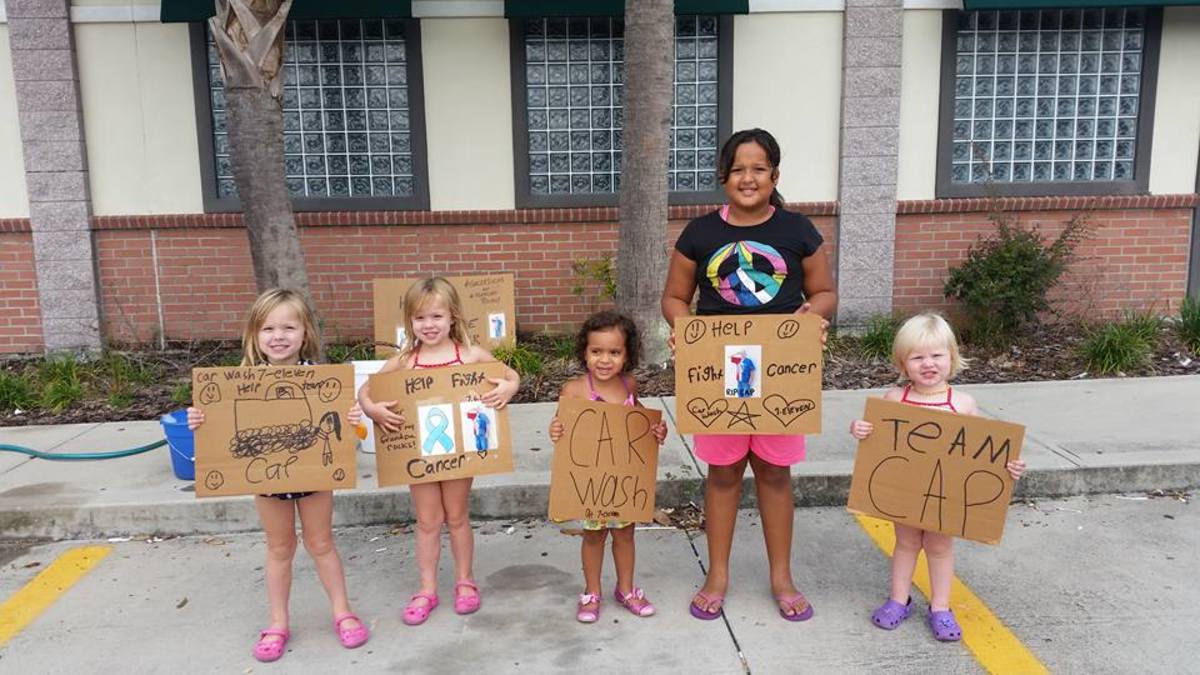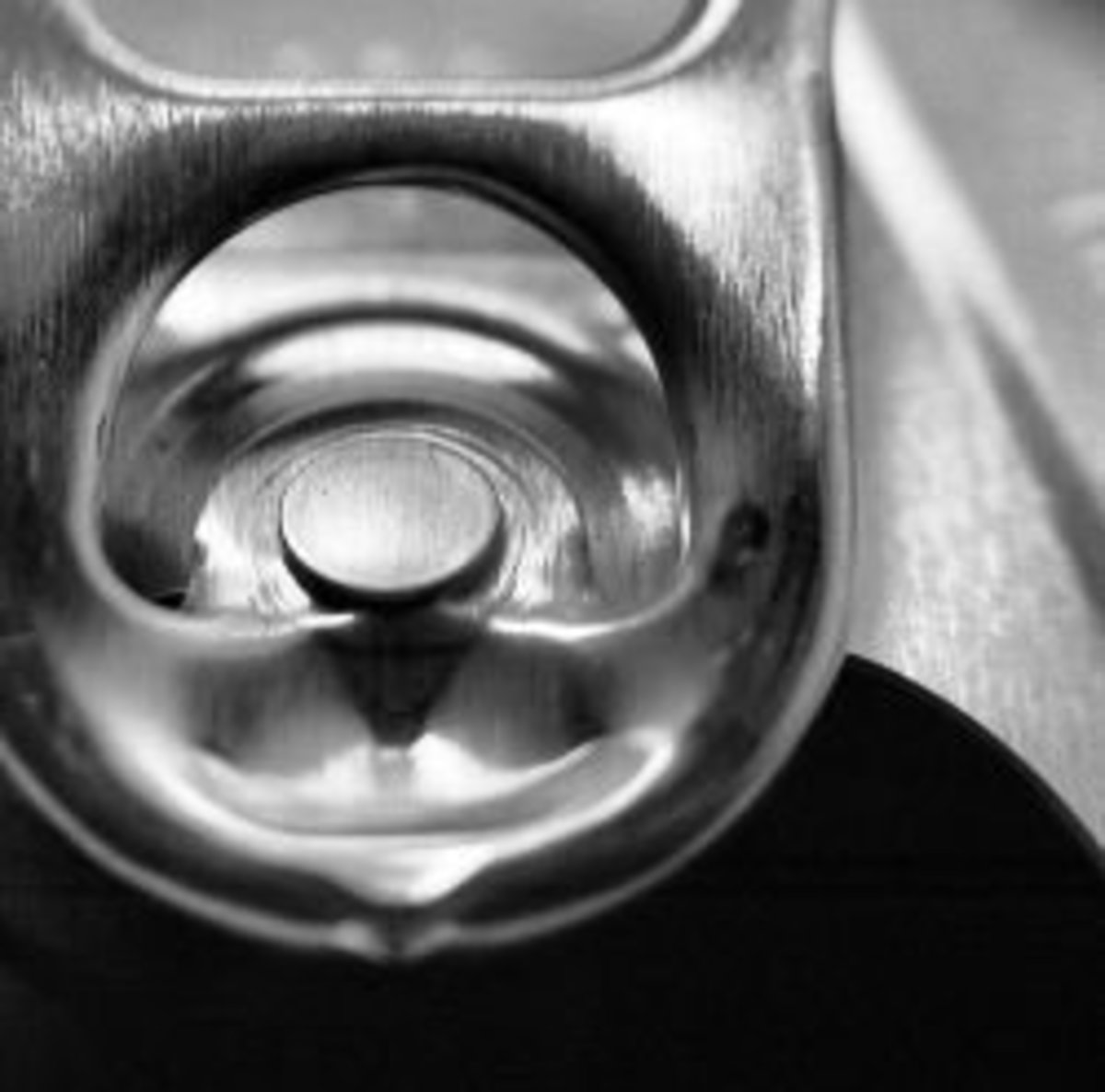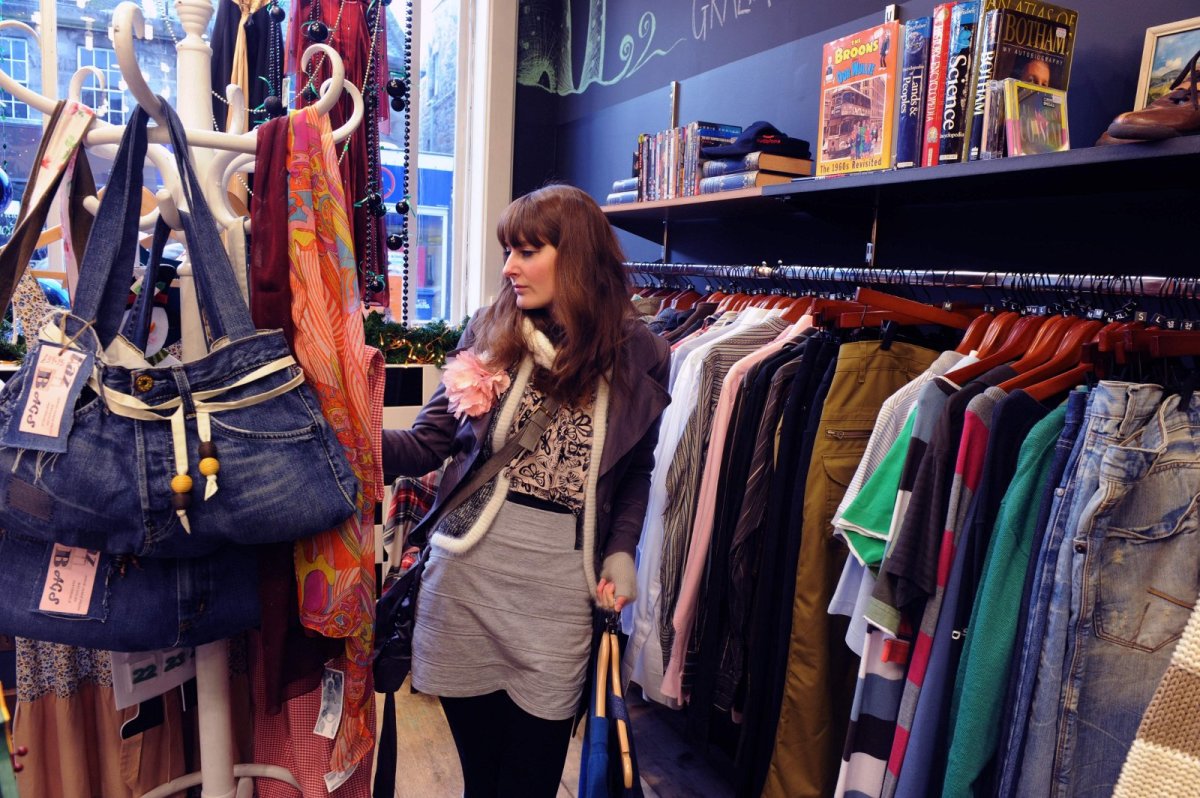Five Year Old Kaitlyn's Wish to Walk
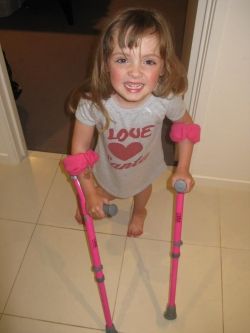
Kaitlyn's Wish
Kaitlyn is a five year old girl who has a condition called Cerebral Palsy Diplegia. This condition makes it difficult for her to walk, and with many hours of hard work and dedication Kaitlyn is now able to walk using walking sticks to aid her. She has been chosen to have a life changing surgery, but unfortunately cannot achieve this without the generous support of others.
Read on for more information about Cerebral Palsy and Kaitlyn's Wish, to be able to walk.
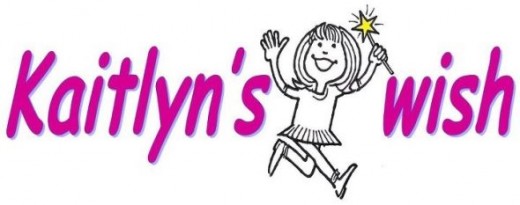
What is cerebral palsy
Cerebral palsy is an umbrella term given to a group of non-progressive syndromes that affect people's motor control, or body movement.
It can begin during pregnancy, during childbirth or in early infancy. While there has been much research done on Cerebral Palsy, it is not yet known exactly what causes it. Although, there is some evidence that contributing factors may include maternal infection with certain viruses and genetics. Previously it was thought to be a result of hypoxia prenatally, however this has been disputed with some evidence indicating that this is not the case.
The different types of Cerebral Palsy are classed according to which neurological signs and symptoms the child is displaying, which indicates the different areas of the brain which have been affected. Depending on the brain regions affected, there is an alteration of motor pathways, neurological processes and even cognitive processes.
A child may display the symptoms associated with more than one type of Cerebral Palsy.
It is common for children who have Cerebral Palsy to have other neurological disorders including seizures, problems with their respiratory system, problems with their bowel or their bladder, visual impairment, intellectual impairment and communication difficulties.
Did you know?
Cerebral Palsy is the most common childhood disability
Spastic Cerebral Palsy
Spastic Cerebral Palsy makes up about 80% of Cerebral Palsy cases. It displays as muscle stiffness and difficulty with movements which is due to an increase in muscle tone.
This can be further classed dependent on the areas of the body most affected.
* Diplegia affects the lower half of the child's body.
* Hemiplegia affects one side of the child's body.
* Quadriplegia affects all four limbs of the child's body.
* Triplegia affects three limbs of the child's body.
* Monoplegia affects one of the limbs of the child's body.
Dyskinetic/Athetoid Cerebral Palsy
Dyskinetic Cerebral Palsy makes up about 10% of cases. The child displays as having difficulty using fine motor skills and controlled movements. Instead of being controlled and purposeful, the movements are uncontrolled and may seem quite jerky. They may have difficulty holding a cup or a pencil.
Ataxic Cerebral Palsy
Ataxic Cerebral Palsy makes up about 10% of cases. The child displays with an unstable walk, postural difficulties and a disturbance in their gait. At birth, a child with Ataxic Cerebral Palsy might have low muscle tone. However, later on they will experience stiffening of the muscles in their trunk.
Did you know?
Cerebral Palsy affects as many as 1 in 400 births
What did you learn?
Did you learn something about Cerebral Palsy just now?
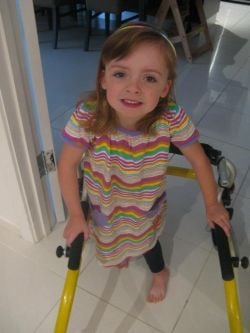
Who is Kaitlyn?
Kaitlyn is a five year old girl who lives in Adelaide, South Australia. She has very limited use of the lower half of her body due to her condition, Cerebral Palsy Diplegia. She can manage to walk over short distances with the use of a walking frame, and after extensive physiotherapy she can now manage short distances with walking sticks.
Much to Kaitlyn and her family's excitement, she has been accepted as a candidate for a surgery called Selective Dorsal Rhizotomy. This surgery has the potential to be life changing for Kaitlyn, giving her the ability to walk independently and to do so many of the things in life that most other children can do that we take for granted.
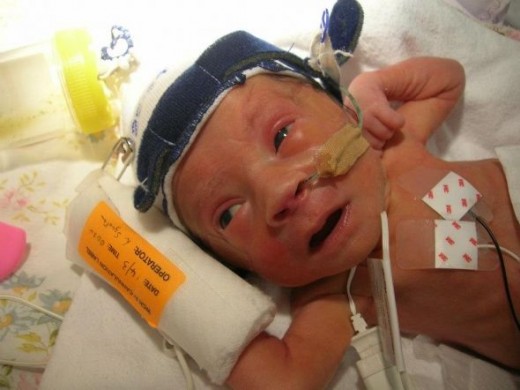

Selective Dorsal Rhizotomy
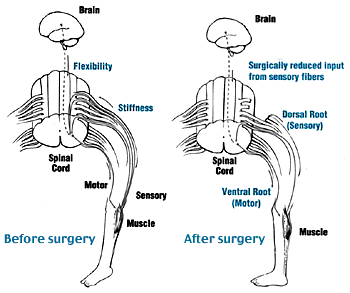
Selective Dorsal Rhizotomy is essentially a procedure which cuts portions of the nerves away in the spine that are causing the child's spasticity and stiffness.
To learn more about this procedure visit the St. Louis Children's Hospital Center for Cerebral Palsy Spasticity.
How you can help
As much excitement as it has given Kaitlyn and her family, there is one thing stopping them from being able to take up this chance for little Kaitlyn. They need to raise AU$50000 to be able to get Kaitlyn over to the St Louis Children's Hospital in the United States to see the world class specialists, and to pay for the medical costs. This is an enormous task for any middle class family to be able to achieve, but through determination and love, they are going to extraordinary lengths to do so.
If you would like to help you could do so by making a financial donation, organising a fundraiser or even volunteering if you are in Adelaide. If you are unable to do any of those, but would still like to help Kaitlyn, you can share the information you have just learnt and try to raise awareness among your friends and family who may be able to donate.
Word of mouth is very powerful and the more people that know about this little girl's plight the better, every dollar is a step closer to Kaitlyn's wish!
Week 1 Progress Bar
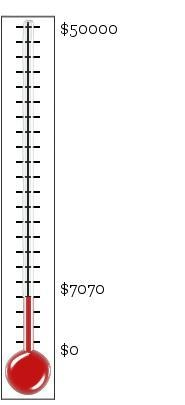
Week 2 Progress Bar
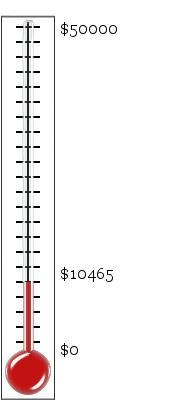
Week 3 Progress bar
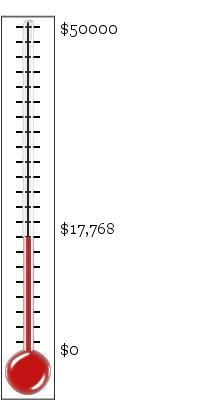
Week 4 Progress bar
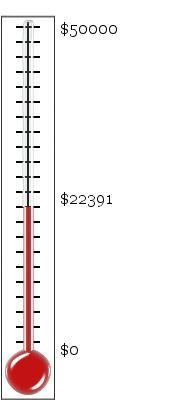
Week 5 Progress bar
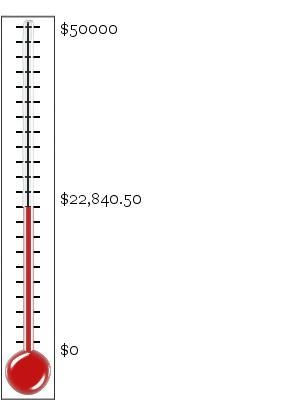
Week 6 Progress bar
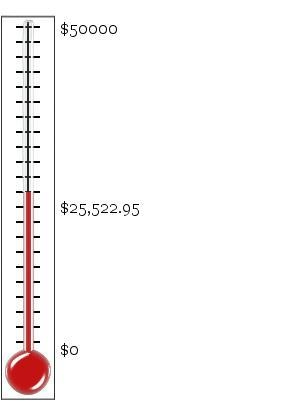
Week 7 Progress bar
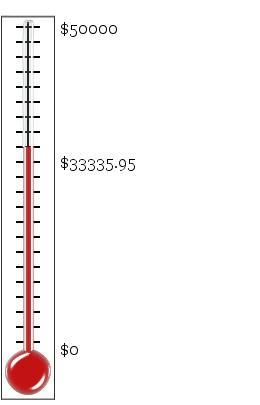
Week 8 Progress Bar
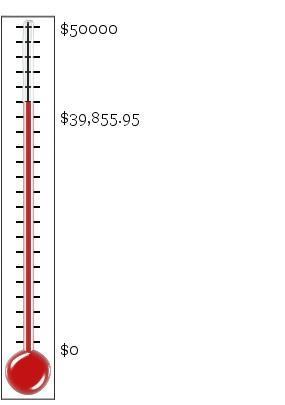
Visit Kaitlyn's Wish on Facebook
Kaitlyn's family have set up a Facebook page dedicated to their journey towards getting Kaitlyn the surgery that will change her life. Visit this page and share in this experience or show your support.
- Kaitlyn's Wish
On Facebook
Australian Organisations you may be interested in looking at
- Cerebral Palsy Australia
erebral Palsy Australia is the national peak body of organisations that work with people with cerebral palsy and people with similar disabilities and their carers. Since 1952, Cerebral Palsy Australia (formerly known as CP Australia and the Austra - Starlight Foundation
Since being formed as an Australian children’s charity in 1988, the Starlight Children's Foundation has brightened the lives of seriously ill and hospitalised children, and their families, throughout Australia. - Cerebral Palsy Alliance
Is committed to enhancing the lives of people with cerebral palsy and enabling their full participation in the community
